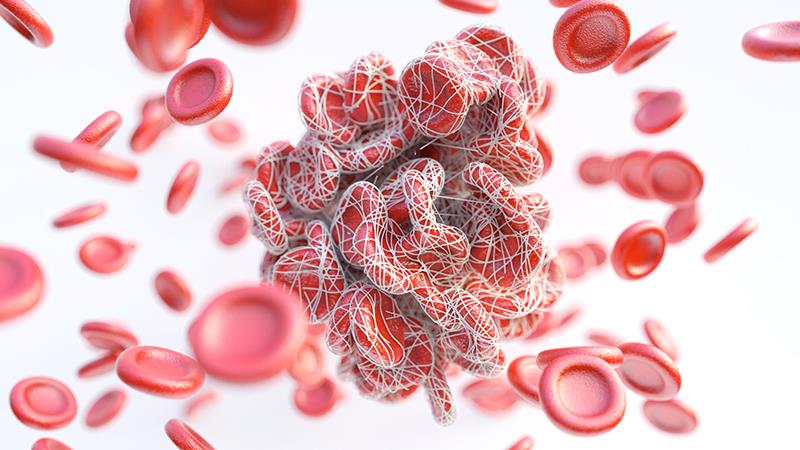Apixaban recommended for thromboprophylaxis in ovarian cancer patients on chemo





Data presented at ESMO Gyn 2025 support apixaban as a prophylactic agent for venous thromboembolism (VTE) in women with epithelial ovarian cancer who are undergoing neoadjuvant chemotherapy consisting of carboplatin and paclitaxel.
Patients with active cancer have a five- to sevenfold increased risk of VTE, the researchers noted. In women with FIGO stage III/IV epithelial ovarian cancer who were undergoing neoadjuvant chemotherapy, nearly 20 percent were diagnosed with VTE from presentation to discharge following cytoreductive surgery. [Int J Gynecol Cancer 2024;34:1768-1774]
The risk varies depending upon the type of cancer, surgery, systemic anticancer therapy, and central venous access device. Moreover, stimulating factors further increase the risk of VTE. [Cancer 2011;117:3860-3866; Br J Haematol 2015;170:640-648]
The investigators conducted a retrospective audit on women with FIGO stage III/IV epithelial ovarian cancer who were on neoadjuvant therapy (ie, chemotherapy with carboplatin and paclitaxel, followed by surgery and adjuvant chemotherapy) between 2020 and 2021. Participants were from the National Health Service Lothian.
The audit included 87 patients. Of these, 53 had FIGO stage III disease, while the rest had stage IV disease. The median age of the participants was 68 years. [ESMO Gyn 2025, abstract 113P]
A majority of the participants had high-grade serous cancers (n=69), followed by clear-cell disease (n=6). Other histological subtypes were carcinosarcoma (n=3), mucinous (n=2), low-grade serous (n=2), and undifferentiated (n=1). Four of the subtypes were unknown.
VTE incidence
The incidence of VTE was 24 percent, or 21 out of the 87 participants. “[This] translates to one in four patients being diagnosed with VTE. This leads to adverse outcomes for patients, such as surgery delays, cancellations, etc,” the researchers said.
Of these, 12 were diagnosed with pulmonary embolism (PE), six had deep venous thrombosis (DVT), and three had concurrent PE and DVT. Thirteen of the VTE cases were symptomatic, while eight were diagnosed incidentally on scans.
Khorana score
The Khorana score may be used to select ambulatory cancer patients who are at high risk of VTE for thromboprophylaxis. A score of 0 denotes low risk of VTE, 1 or 2 points equate to intermediate risk, while ≥3 denotes high risk. [Haematologica 2019;104:1277-1287] In the current audit, Khorana scores were estimated using prechemotherapy blood and weight.
Of the 21 patients diagnosed with VTE, all but one had a Khorana score ≥2, with the majority (n=12) having a score of 2. “Apixaban should thus be considered as a prophylactic agent in patients with a Khorana score ≥2,” the investigators noted.
According to the researchers, the main driver of the score was the presence of high platelets in 50 of the 87 patients included in the audit.
Findings support existing evidence
There are data substantiating the role of apixaban in cancer patients. Previous evidence had shown the efficacy of apixaban as a thromboprophylactic agent in cancer patients who were starting chemotherapy. [N Engl J Med 2019;380:711-719; Blood 2008;111:4902-4907]
The findings from this audit support evidence recommending prophylactic anticoagulation with apixaban 2.5 mg twice daily in patients undergoing neoadjuvant chemotherapy, as well as in high-risk (stage III/IV) patients who had a Khorana score ≥2. [J Clin Oncol 2020;38:496-520; https://www.medicines.org.uk/emc/product/2878/smpc, accessed September 8, 2025]